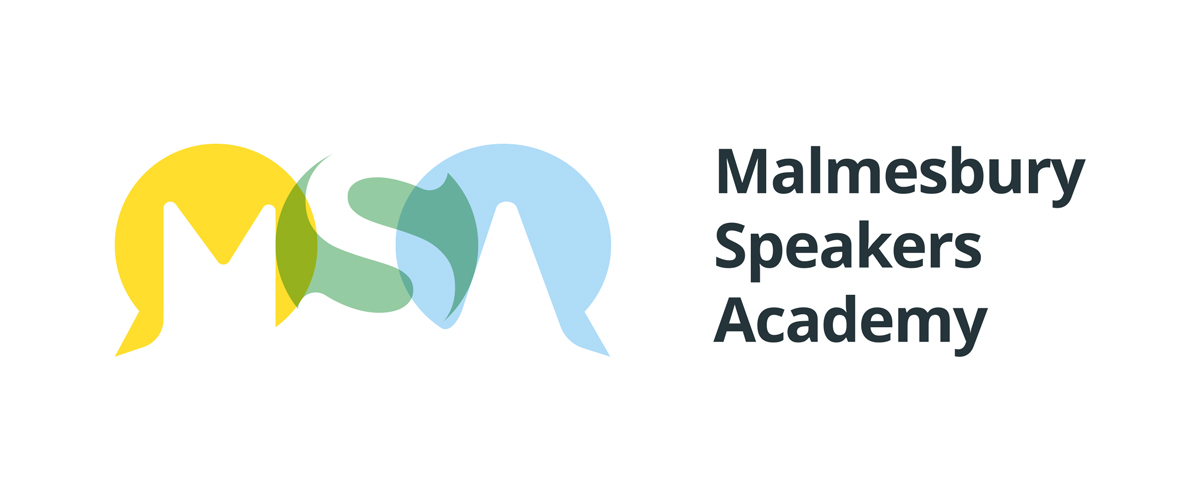How to speak to camera
12 top tips for Speaking to Camera
Speaking to camera is not the same as speaking on stage to hundreds of people, nor is it like presenting to a room of a dozen. When we speak to camera it is much more intimate conversation – a one to one experience on the part of the viewer.
Whether you are recording in a professional studio or using your phone and a selfie-stick, here are my 12 top tips for speaking to camera.
Speak like you
Use language, vocabulary and sentence structures that match how you usually speak. You should sound more like your everyday speaking, not you reading a magazine article that someone else has written. Aim for a conversational style of speaking, with pauses and changes in your tone of voice. If someone else has written the script for you, take some time to adapt it so that it sounds more like you.
This will have the greatest effect on your ability to speak to the camera comfortably and successfully.
When the words of the script do not match you normal speaking pattern or vocabulary, your brain is having to work twice as hard to ‘translate’ the script before you speak it – and so you come across as wooden and unnatural. You feel uncomfortable and so does the person watching.
Stretch before exercise
Just like you would stretch before going for a run, you need to warm up for vocal cords and muscles for a few minutes before you start speaking live on camera – especially if you are recording first thing in the morning. Hum, sing or recite your speech to warm up your vocals.
Stay lubricated
Drink room temperature water (not ice cold) between takes to avoid dry mouth.
Stay Energised
The camera magnifies what it sees, so if your energy level starts to flag, you will look doubly tired on camera. Keep a snack on hand to boost your energy levels.
If you speak the same content several times, you will start to get bored. Don’t let this show in your delivery. Turn your energy and enthusiasm up to 11 to compensate.
Speak to one person
Don’t speak to a crowd – ‘hello everyone’ – speak to a single person instead: ‘hello, I’m glad you could join me.’ Say ‘have you ever?’ not ‘how many of you have ever?’ Imagine the one person you are speaking to – a real person such as a client or colleague – then you will find it much easier to get the tone of voice and delivery just right.
Speak to the camera – the lens if your friend
Look at the lens and pretend it’s a friend you know well and speak to them (hanging a picture helps). And don’t forget to blink! And smile.
Speak Slowly
You can speak faster than people can listen, so slow down and give your audience a chance to digest each point. If it feels a little too slow to you, then you are probably about right. If you are using a teleprompter, ensure the scroll speed is not too fast as this will force you to speed up.
Speak with your body
Ensure your body language matches the words you are speaking. Don’t slouch. Sit upright in the chair, leaning a little forward or stand up.
Show don’t tell
Let your enthusiasm show. Don’t say ‘I’m really passionate about this project,’ instead let your passion obviously show as you share about the project.
Pull my finger
If your hands are too animated, hold the fingertip of your pointing finger of one hand with the other in front of your tummy. That’s how the BBC does it.
Start strong, end well
Put extra time into practicing your opening so that you feel confident and grab your audience’s attention. Also practice the closing to ensure your call to action is delivered with clarity and conviction.
If you are not sure how to start, avoid a generic ‘Hi’ or ‘Hello’ sat in your chair. Experiment with walking into shot with the camera already running or looking away then turning the face the camera as you start speaking.
Embrace the editor
If you are recording, rather than live streaming, remember you can edit out your mistakes easily. If you stumble over a sentence, simply pause for a second and then start again from the beginning of the paragraph / section.
The one second pause makes it easier for the editor to cut out the mistake (the pause is easily visible in the audio waveform in the editing software).
Remember to keep the energy level up as you launch back into the the start of the section for the second (or third or fourth) time.
Speaking to Camera Training
Speaking to Camera is one of the in-house workshops offered by Malmesbury Speakers Academy and it is covered on our How to be a Motivational Speaker and Speakers Masterclass courses.

